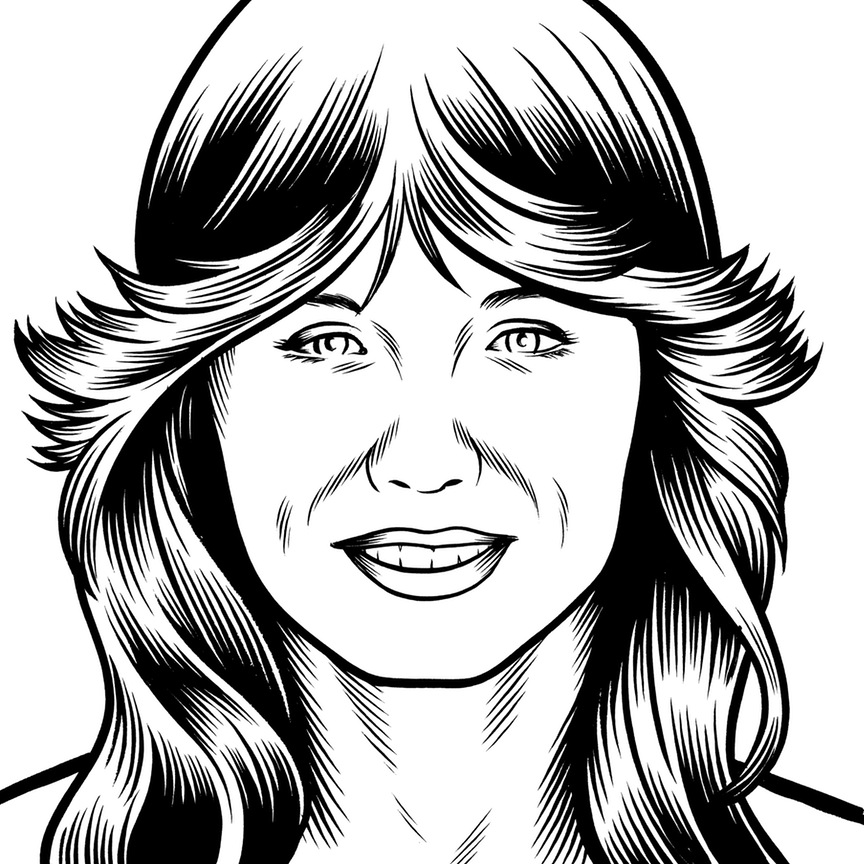
THE BELIEVER: What was it like to compose the songs for Almost Famous?
NANCY WILSON: One thing that always seems to sink most fictional movies about rock: the fake songs. So we tried to be as authentic as possible. Before the movie started shooting, Cameron and I were taking a break at the beach, and thought we’d just launch headlong into the whole fictitious world of this Midwestern mid-level rock group circa 1972. We wanted them to feel like a blend of Bad Company with a little Led Zeppelin, Cream, and some Allman Brothers mixed in. All their songs, we decided, were either about a vague father complex, or the road. Nothing in the middle. You have no idea how fast and how fun those songs were to write! Every song is either about “Babe, I have to ramble” or “Father, father”… and sometimes both! And then, once we had the songs done, the problem became finding the right singer, because there was a certain rock accent in 1972 that no longer exists.
BLVR: A rock accent? What do you mean?
NW: There used to be a certain bluesy way of singing that people don’t really do anymore. In the ’90s, the Seattle sound developed—less of a drawl and closer to a warbley yell, the sound of Layne Staley, and somewhat Eddie Vedder and Chris Cornell, Kurt Cobain, or any number of those guys who channeled their rage through a prism of Kiss and Cheap Trick. It changed everything! And it really changed the rock accent. You still hear that grunge influence today in all the “alternative pop” stuff, or whatever you call it. But the singer for a band like Stillwater would’ve had that ’70s rock sound—more of a black blues translated back through the English bands’ inflections. Eventually, we chose Marti Frederiksen [an L.A.-based musician and producer who has cowritten songs with Aerosmith, Def Leppard, and Sheryl Crow, to name a few]. Before we found Marti, it was my mock vocal on the songs and it was pretty funny to see Jason Lee (who played the lead singer) lip synching to my vocals…
Peter Frampton and I gave the actors lessons on how to be rock stars. One thing we did was to tell them how you have to be ready for anything, because while you’re onstage, the fans can be really unpredictable. Stuff is hurled at you, like CDs and jewelry. You’ll be in the middle of a song, playing a huge Les Paul, and they’ll come up to the lip of the stage demanding you sign some piece of paper. And you’ll be like, “Uh, well, I’m actually a little busy right now! My hands...
You have reached your article limit
Sign up for a digital subscription and continue reading all new issues, plus our entire archives, for just $1.50/month.
Already a subscriber? Sign in




